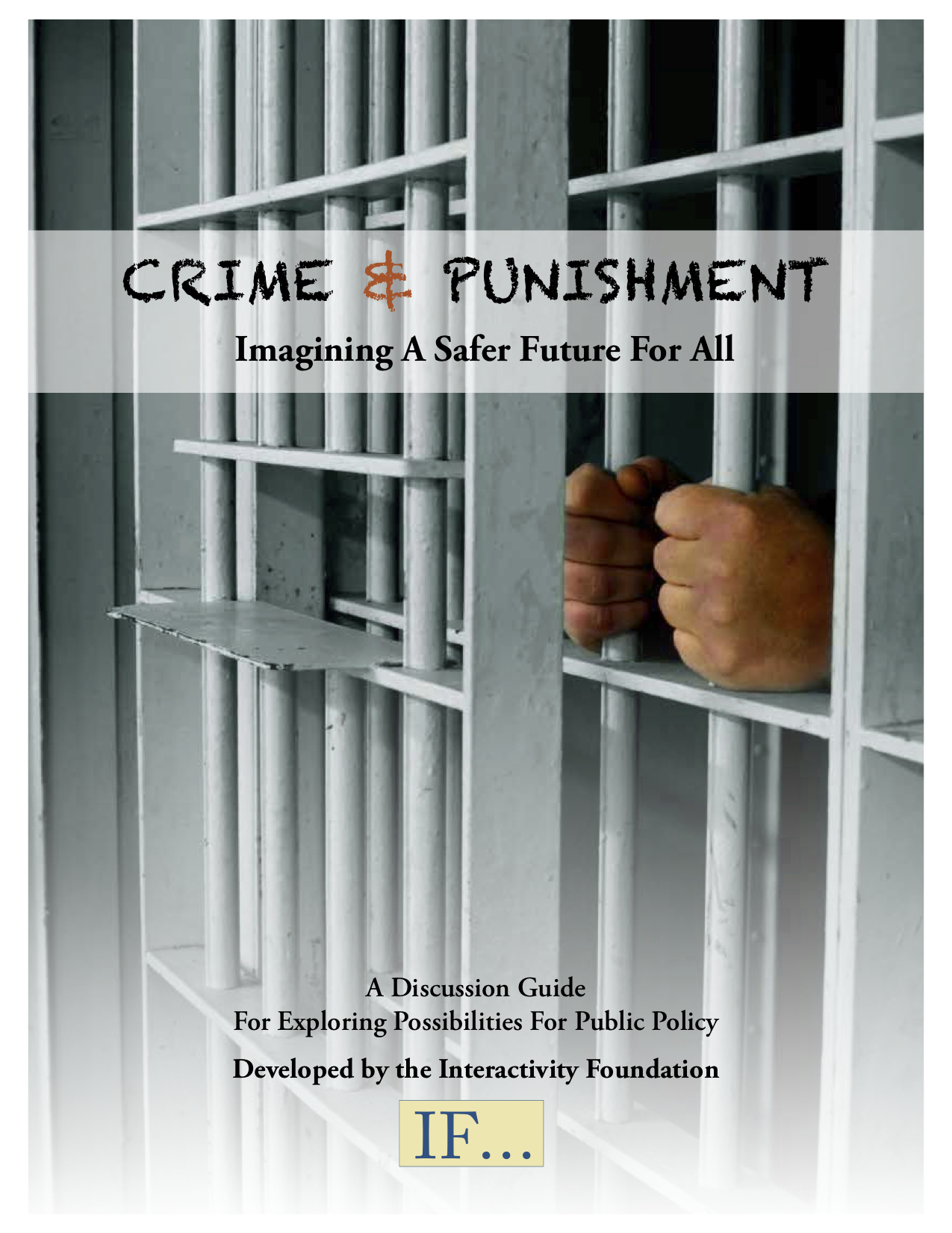This issue guide was created by the David Mathews Center for Civic Life in 2012 for Alabama Issues Forums that took place in 2012 and 2013. The issue guide provides a brief overview of the bullying issue and outlines three approaches to addressing this public issue.
 The David Mathews Center—a non-profit, non-partisan, non-advocacy organization—does not advocate a particular solution to the bullying issue, but rather seeks to provide a framework for citizens to carefully examine multiple approaches, weigh costs and consequences, and work through tensions and tradeoffs among different courses of action.
The David Mathews Center—a non-profit, non-partisan, non-advocacy organization—does not advocate a particular solution to the bullying issue, but rather seeks to provide a framework for citizens to carefully examine multiple approaches, weigh costs and consequences, and work through tensions and tradeoffs among different courses of action.
The issue guide’s introductory essay, authored by Dr. Cynthia Reed of Auburn University’s Truman Pierce Institute, outlines the impact the bullying issue has on Alabama and the nation:
“Although bullying is often thought of as only a school-related problem, in reality it affects us all. Bullies can be students, parents, teachers, administrators, work colleagues, or others in the community. Likewise, bullying can occur at school, at work, at church, or at other community functions… Today, most states have legislation requiring schools to address bullying. Yet bullying remains prevalent in our schools, workplaces, and communities.”
The issue guide outlines three possible approaches to addressing the issue:
Approach One: “Get Tough on Bullying”
Reports of bullying incidents are reaching epidemic proportions. Bullying is unacceptable. It must be treated with zero tolerance. Increased reports of bullying in our schools demand that schools, principals, and school districts do more to help prevent and provide tougher consequences for bullying. We must ensure that district anti-harassment policies and student codes of conduct in Alabama are strictly enforced.
Approach Two: “Equip Students to Address Bullying”
Students need practical knowledge and skills to react to and report bullying. Not every young person understands what constitutes bullying and how to respond to it. Many feel powerless as victims and/or bystanders. Many bullies do not understand the effects of their actions. The lines between victims and bullies often become blurred when circumstances change and/or victims retaliate. The bullied may be charged as bullies if they retaliate. We should concentrate our efforts on educating students about bullying and how to respond to it. We should create supportive, enriching school cultures that equip young people to address the root causes of bullying.
Approach Three: “Engage the Community and Parents in Bullying Solutions”
Bullying is a widespread behavior. It is not limited to schools. Parents and the community should accept more responsibility for talking about and preventing bullying. The cost is too high for the community if bullying is not addressed. Bullies take up school time and police time. Bullies can end up convicted of crimes when they reach adulthood. Teachers and administrators do not have the time, personnel, and resources to eradicate all bullying. They cannot address its complex root causes outside the school environment. We, individually and through our community organizations, must communicate to young people that bullying is unacceptable. A great amount of bullying and violent behavior begins in the home. We must reach out to parents. We must reach out to young people. Some young people do not have supportive home environments and need community help.
More About DMC Issue Guides…
David Mathews Center issue guides are named and framed by Alabama citizens for Alabama Issues Forums (AIF) during a biennial “Citizens’ Congress” and follow-up workshops. Alabama Issues Forums is a David Mathews Center signature program designed to bring Alabama citizens together to deliberate and take community action on an issue of public concern. Digital copies of all AIF issue guides, and accompanying post-forum questionnaires, are available for free download at www.mathewscenter.org/resources.
For further information about the Mathews Center, Alabama Issues Forums, or this publication, visit www.mathewscenter.org.
Resource Link: www.mathewscenter.org//wp-content/uploads/2013/05/Bully-Brochure_press_PMS.pdf
This resource was submitted by Cristin Foster of the David Mathews Center for Civic Life via our Add-a-Resource form.


 The five policy possibilities are:
The five policy possibilities are:



 Test discussions facilitated by former Wisconsinites in Tucson, Ariz., and in Sonora and Mazatlan, Mexico, further developed the text of the discussion guide.
Test discussions facilitated by former Wisconsinites in Tucson, Ariz., and in Sonora and Mazatlan, Mexico, further developed the text of the discussion guide.

